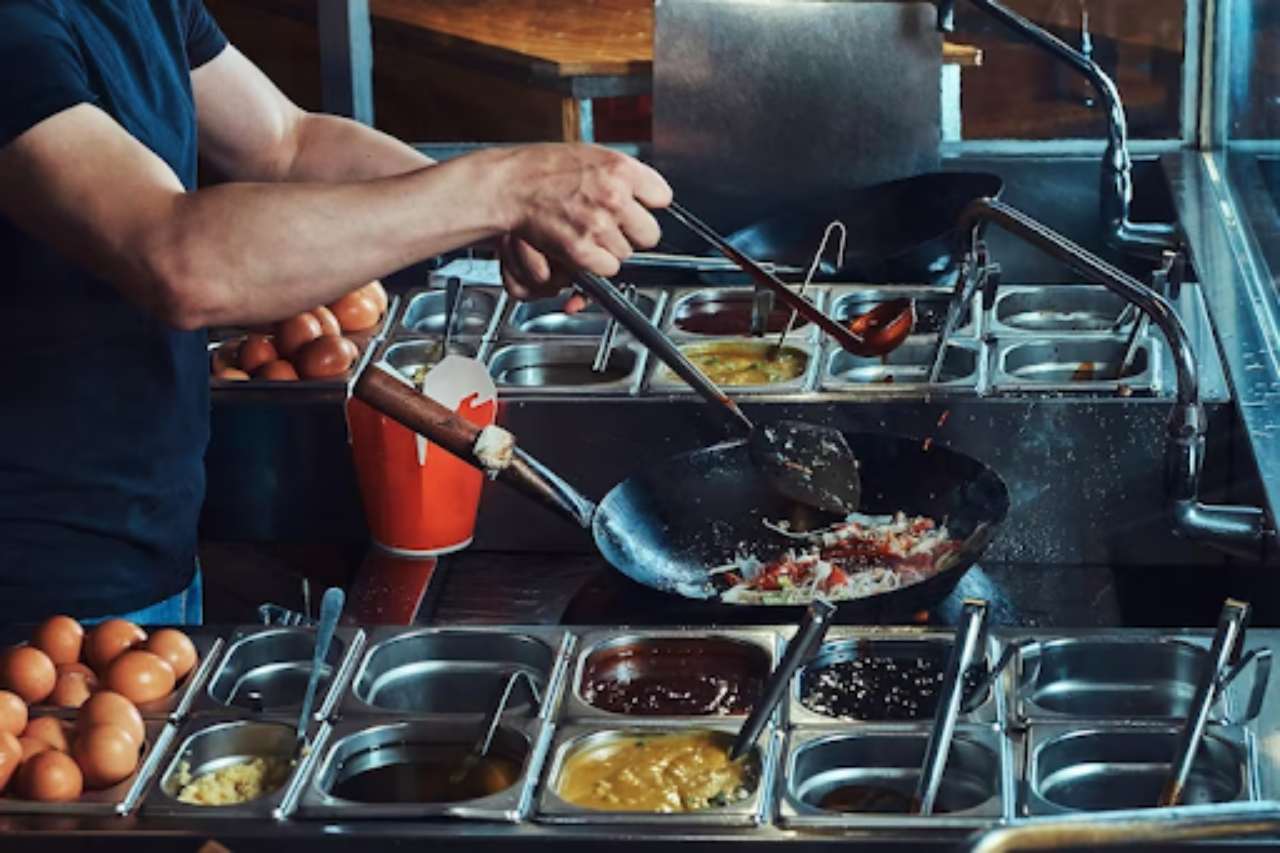The food service industry in Malaysia is a thriving sector that contributes significantly to the country’s economy. With its rich culinary heritage, diverse flavours, and vibrant food culture, Malaysia has become a hub for a wide range of dining experiences. From street food stalls serving local delicacies to high-end restaurants offering exquisite fine dining, the food service industry caters to the diverse tastes and preferences of both locals and tourists.
In this article, we will explore the various components that make up the food service industry in Malaysia, highlighting its core elements and providing eight examples of popular food service establishments in the country.
What is the Food Service Industry?
The food service industry encompasses all businesses involved in the preparation, serving, and sale of food and beverages to customers. It is a dynamic and ever-evolving sector that caters to different dining preferences and experiences. Whether it’s a cosy café serving aromatic coffee and pastries or a bustling street food stall offering flavorful local dishes, the food service industry in Malaysia plays a vital role in satisfying people’s culinary desires.
Read more: 11 Common Food Industry Problems and their Solutions
8 Core Components of the Food Service Industry
The food service industry comprises various core components that ensure its smooth operation and the delivery of high-quality food and services to customers. Let’s delve into these components and their significance within the industry:
1. Food Safety
Food safety is of paramount importance in the food service industry. This component focuses on maintaining hygiene and sanitation standards to ensure that the food served is safe for consumption. Adherence to food safety regulations, proper handling and storage of ingredients, regular equipment maintenance, and employee training on food handling practices are crucial to safeguarding the health of customers.
2. Menu Planning and Development
Menu planning and development involve creating an enticing and well-balanced selection of dishes that cater to customers’ preferences. This component includes careful consideration of ingredients, flavour profiles, nutritional value, and cultural diversity. It may also involve incorporating seasonal ingredients, introducing new menu items, and adapting to emerging food trends to keep the menu fresh and appealing.
3. Quality Control
Maintaining consistent quality is essential in the food service industry. Quality control ensures that all food and beverage offerings meet specified standards. This component involves monitoring the sourcing and freshness of ingredients, adherence to recipes, proper cooking techniques, and consistent flavour profiles. Regular inspections and feedback from customers play a crucial role in maintaining and improving quality.
4. Customer Service
Customer service is a vital aspect of the food service industry. It encompasses all interactions with customers, from the moment they enter the establishment to the completion of their dining experience. This component focuses on providing friendly, attentive, and efficient service, addressing customer inquiries and concerns, and creating a positive and welcoming environment.
Read more: 15 Effective Marketing Strategies for Food Business
5. Operational Efficiency
Operational efficiency involves streamlining processes to maximise productivity and minimise waste in the food service industry. This component includes optimising kitchen workflows, inventory management, scheduling, and staff training. By improving efficiency, establishments can provide prompt service, minimise waiting times, and ensure a smooth dining experience for customers.
6. Marketing and Promotion
Effective marketing and promotion strategies are crucial for success in the competitive food service industry. This component involves identifying target markets, developing branding and messaging, implementing digital marketing campaigns, and utilising various channels to reach potential customers. Marketing efforts can include social media engagement, loyalty programs, partnerships with influencers, and special events to increase awareness and attract patrons.
7. Financial Management
Sound financial management is essential to sustain and grow a food service business. This component involves budgeting, cost control, pricing strategies, and financial analysis. Proper financial management ensures profitability, investment in quality ingredients and equipment, and the ability to adapt to market fluctuations and industry trends.
8. Staff Training and Development
The success of any food service establishment depends on well-trained and motivated staff. This component focuses on providing comprehensive training programs, fostering teamwork, and promoting professional development. Staff training encompasses food handling practices, customer service skills, menu knowledge, and maintaining a positive work culture. Investing in staff training and development enhances the overall quality of service provided to customers.
Read more: 15 Employee Engagement Activities to Keep Them Motivated
